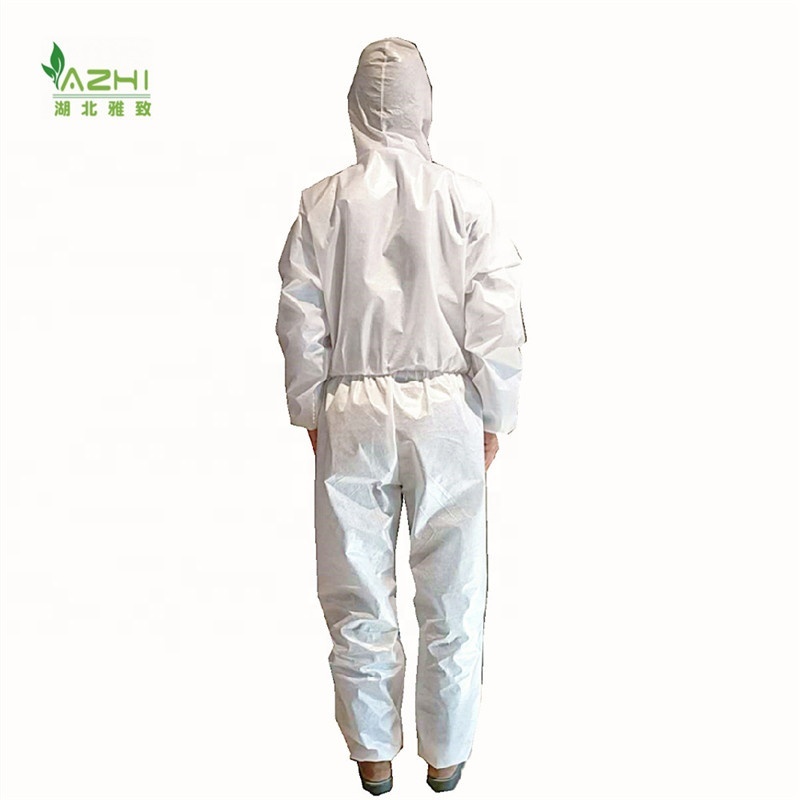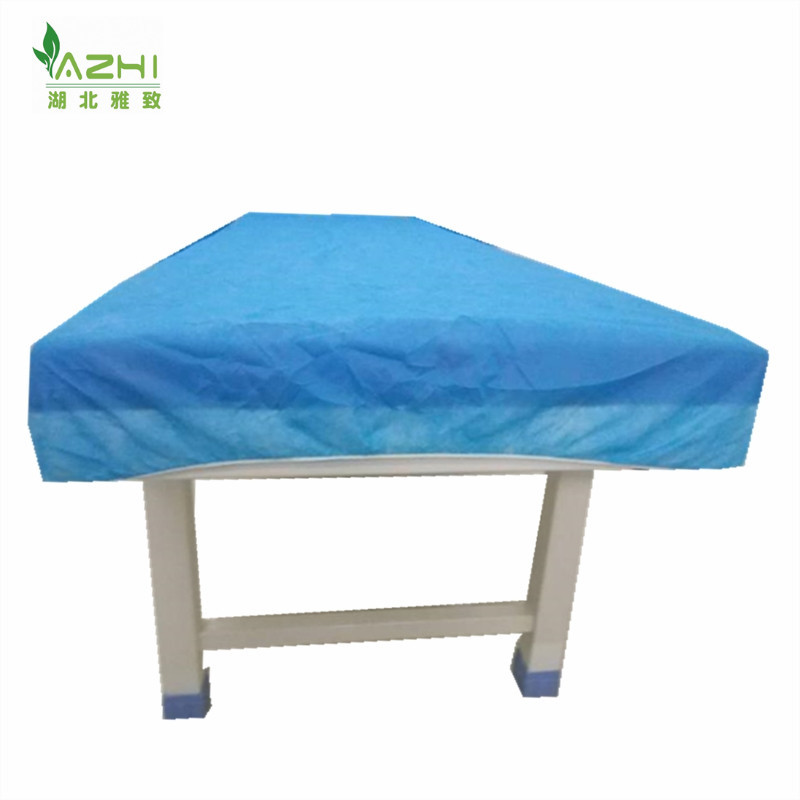News
The Essential Guide to Disposable Protective Clothing: Understanding Its Importance and Usage
Aug 12,2025
Disposable protective clothing has become a crucial component in ensuring safety and hygiene in various industries, especially in sectors where exposure to hazardous materials, contaminants, or infectious agents is a concern. This specialized clothing is designed to provide a barrier between the wearer and potential risks, making it indispensable in medical, laboratory, food processing, and other environments where cleanliness and protection are paramount.
One of the primary advantages of disposable protective clothing is its convenience. Unlike reusable garments that require regular washing and maintenance, disposable options can be simply discarded after use. This not only saves time and effort but also reduces the risk of cross-contamination, particularly in settings like hospitals or food preparation facilities. When workers wear disposable clothing, they minimize the chances of carrying potentially harmful substances away from the work environment, thus safeguarding both themselves and others.
There are various types of disposable protective clothing available, each designed for specific purposes. For instance, coveralls provide full-body protection and are often used in healthcare settings to prevent the spread of infections. Gowns, gloves, masks, and shoe covers are also common components of disposable protective wear. Each item serves a unique function and is crafted from materials that are both lightweight and durable, ensuring comfort without compromising on protection.
When selecting disposable protective clothing, it is important to consider the level of protection required for the specific task at hand. Factors such as the nature of the exposure, the duration of use, and the specific risks associated with the work environment should guide the choice of appropriate protective gear. For instance, in high-risk situations, garments made from liquid-repellent materials may be necessary to provide optimal defense against spills or splashes.
Moreover, proper usage and disposal of disposable protective clothing are essential to maximize its effectiveness. Wearers should ensure that the clothing fits well and covers all necessary areas to prevent any exposure. After use, it is important to follow guidelines for safe disposal, particularly in healthcare settings where biohazard waste protocols must be adhered to.
In summary, disposable protective clothing plays a vital role in protecting individuals and maintaining safety standards in various industries. Its convenience, coupled with its ability to offer a reliable barrier against contaminants, makes it an essential tool for workers in high-risk environments. By understanding its importance and following best practices, users can significantly enhance their safety and hygiene while performing their duties.
One of the primary advantages of disposable protective clothing is its convenience. Unlike reusable garments that require regular washing and maintenance, disposable options can be simply discarded after use. This not only saves time and effort but also reduces the risk of cross-contamination, particularly in settings like hospitals or food preparation facilities. When workers wear disposable clothing, they minimize the chances of carrying potentially harmful substances away from the work environment, thus safeguarding both themselves and others.
There are various types of disposable protective clothing available, each designed for specific purposes. For instance, coveralls provide full-body protection and are often used in healthcare settings to prevent the spread of infections. Gowns, gloves, masks, and shoe covers are also common components of disposable protective wear. Each item serves a unique function and is crafted from materials that are both lightweight and durable, ensuring comfort without compromising on protection.
When selecting disposable protective clothing, it is important to consider the level of protection required for the specific task at hand. Factors such as the nature of the exposure, the duration of use, and the specific risks associated with the work environment should guide the choice of appropriate protective gear. For instance, in high-risk situations, garments made from liquid-repellent materials may be necessary to provide optimal defense against spills or splashes.
Moreover, proper usage and disposal of disposable protective clothing are essential to maximize its effectiveness. Wearers should ensure that the clothing fits well and covers all necessary areas to prevent any exposure. After use, it is important to follow guidelines for safe disposal, particularly in healthcare settings where biohazard waste protocols must be adhered to.
In summary, disposable protective clothing plays a vital role in protecting individuals and maintaining safety standards in various industries. Its convenience, coupled with its ability to offer a reliable barrier against contaminants, makes it an essential tool for workers in high-risk environments. By understanding its importance and following best practices, users can significantly enhance their safety and hygiene while performing their duties.
Aug 12,2025
Category:
knowledge
Related Information








 English
English English
English Español
Español Português
Português اللغة العربية
اللغة العربية





